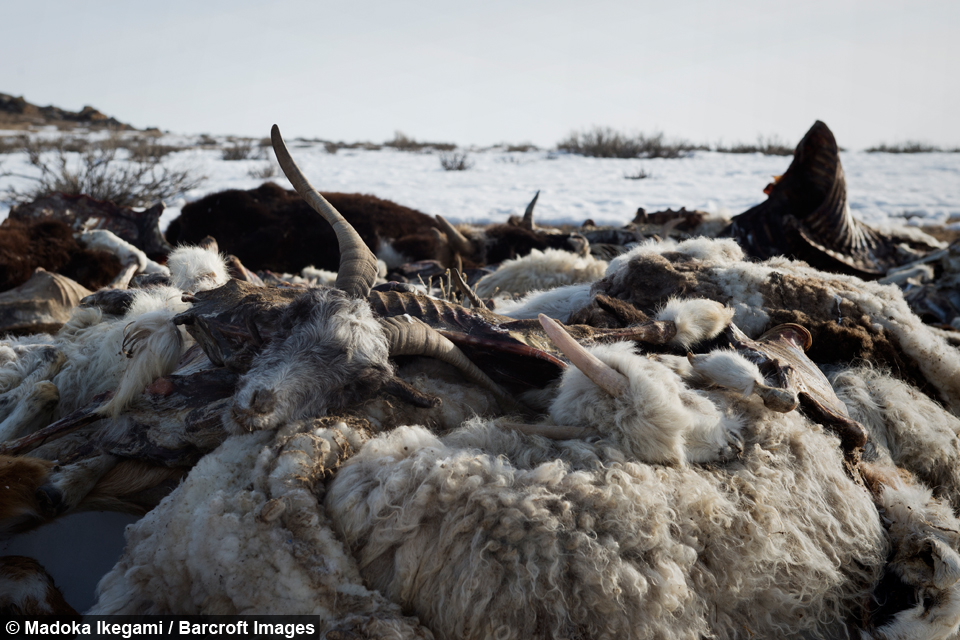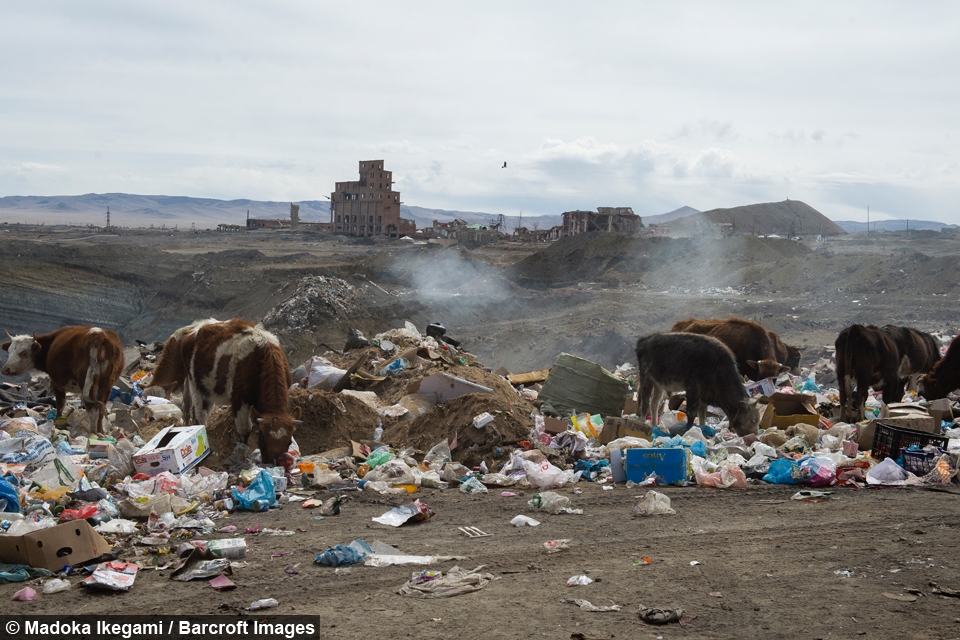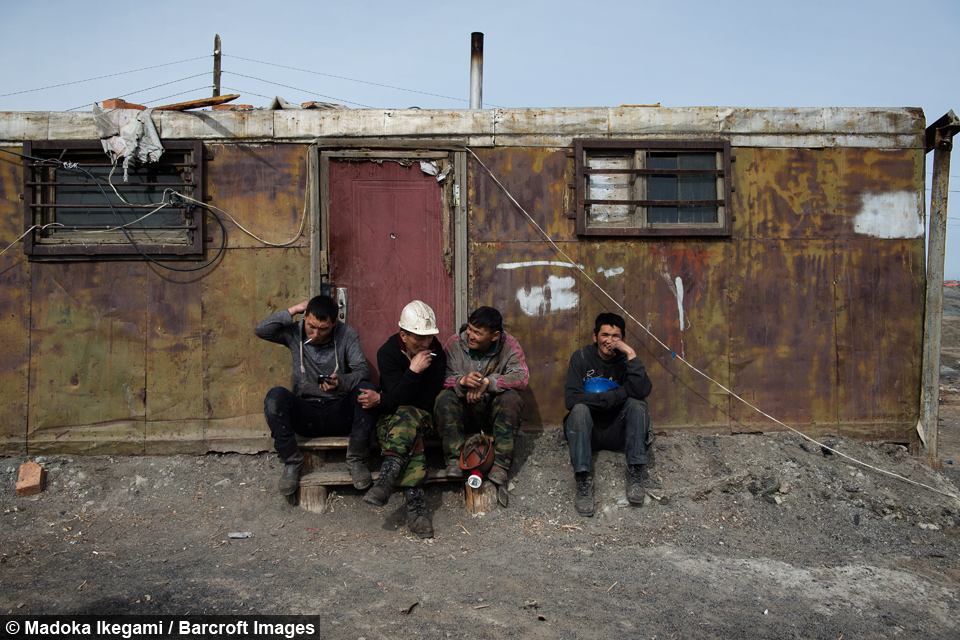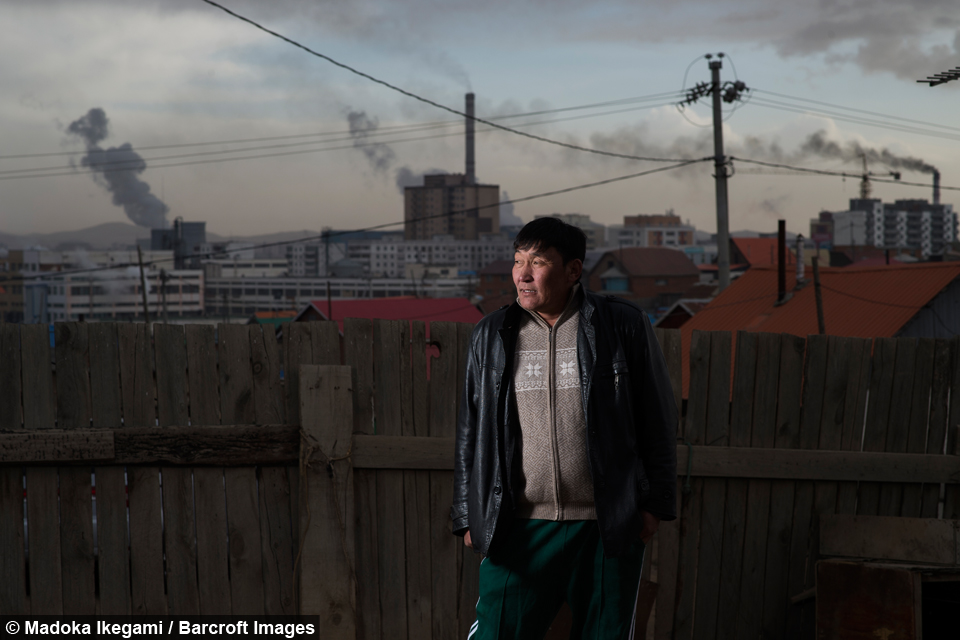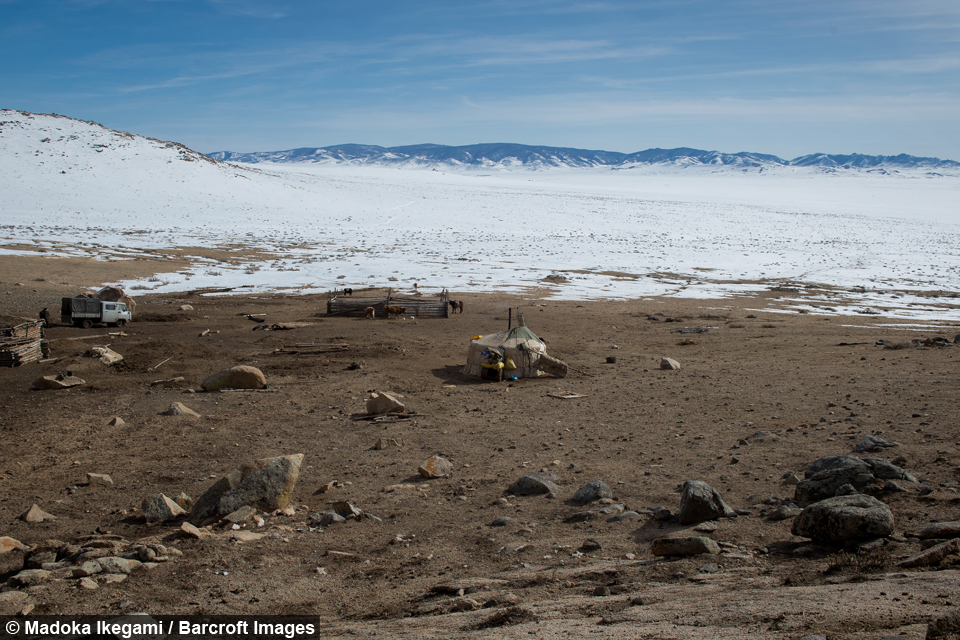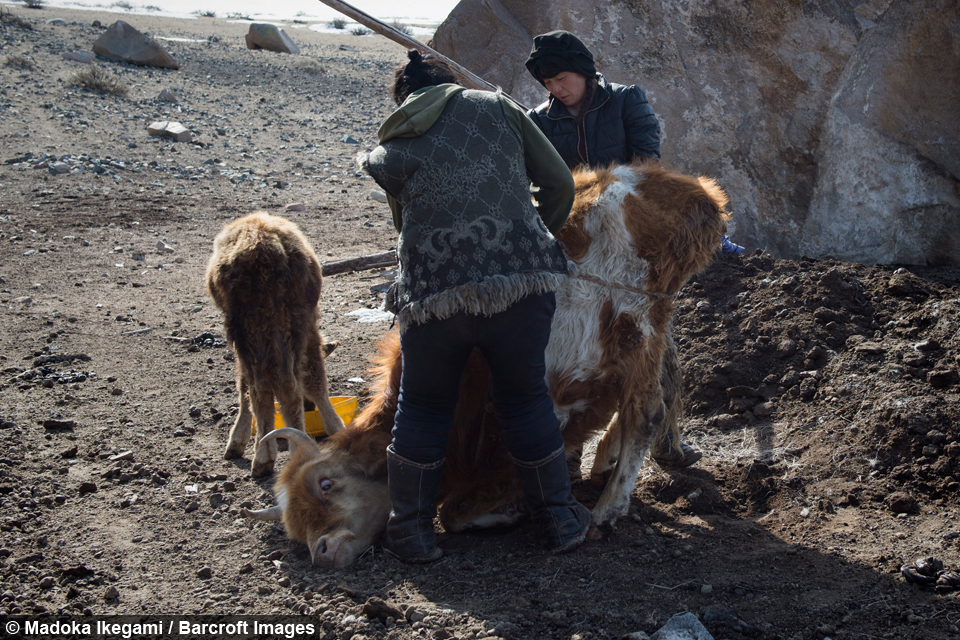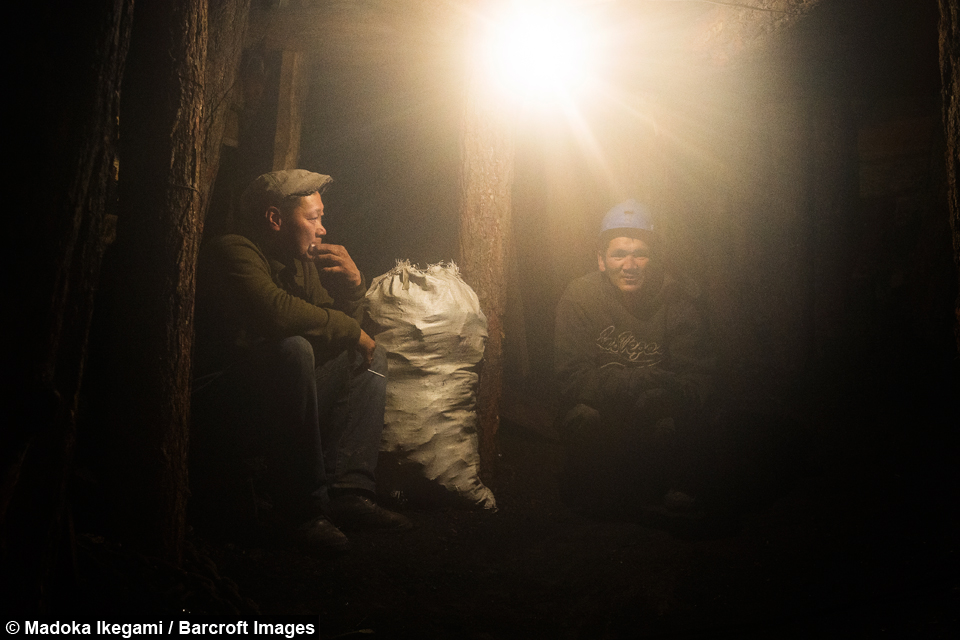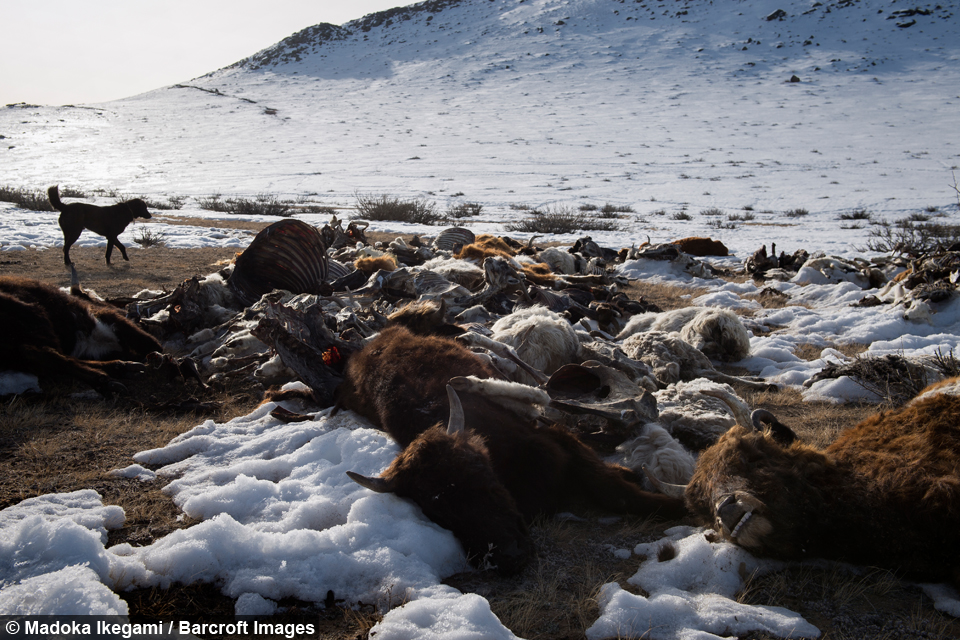Mongolian Winter Disaster Caught on Camera
By Danny Baggott @Dan_Baggie
Scroll down for the full story
Japanese photographer Madoka Ikegami travelled to the Zavkhan province, Nalaikh and Ulaanbaatar in April this year to document the effects of the unique disaster on the animal herders.
Known as the Dzud disaster in native language, the freezing conditions resulted in the mass death of camels, cows, horses, sheep and goats.
Madoka said: “According to the UN data of April 25th, more than 850,000 animals perished in the 2015-2016 disaster.
“I documented the lives of displaced former herders who lost all their livestock in previous Dzud and had to give up on herding and move to a city for a new job.”
Madoka originally visited Mongolia last year where she experienced the welcoming nature of local reindeer herders.
And as soon as she heard about the latest disaster, she wanted to make sure the herders were safe and learn what it was really like for them to fight off such terrible conditions.
The 33-year-old said: “The sisters I spoke to lost over 200 livestock, the corpses of which lay around just a few minutes away from their ger.
“There was no sign of human life at ground level, or upon the endless snow terraces – the sisters tried to save their starving, dying animals just by themselves in such a lonely place where the older sister hadn’t seen anyone apart from her younger sister for five months.”
Displaced former herders and seasonal workers often resort to conducting dangerous and illegal mining jobs to prevent the fall into extreme poverty.
Madoka realised the full extent of the catastrophe caused by the Dzud when she saw a dog feeding off the flesh and bones of other animal corpses.
She added: “Suddenly being exposed to the sight of piles of animal corpses, I was simply frightened and learned what the Dzud disaster really means to the people.
“In our day to day lives we’re not exposed to such a tragedy.”
